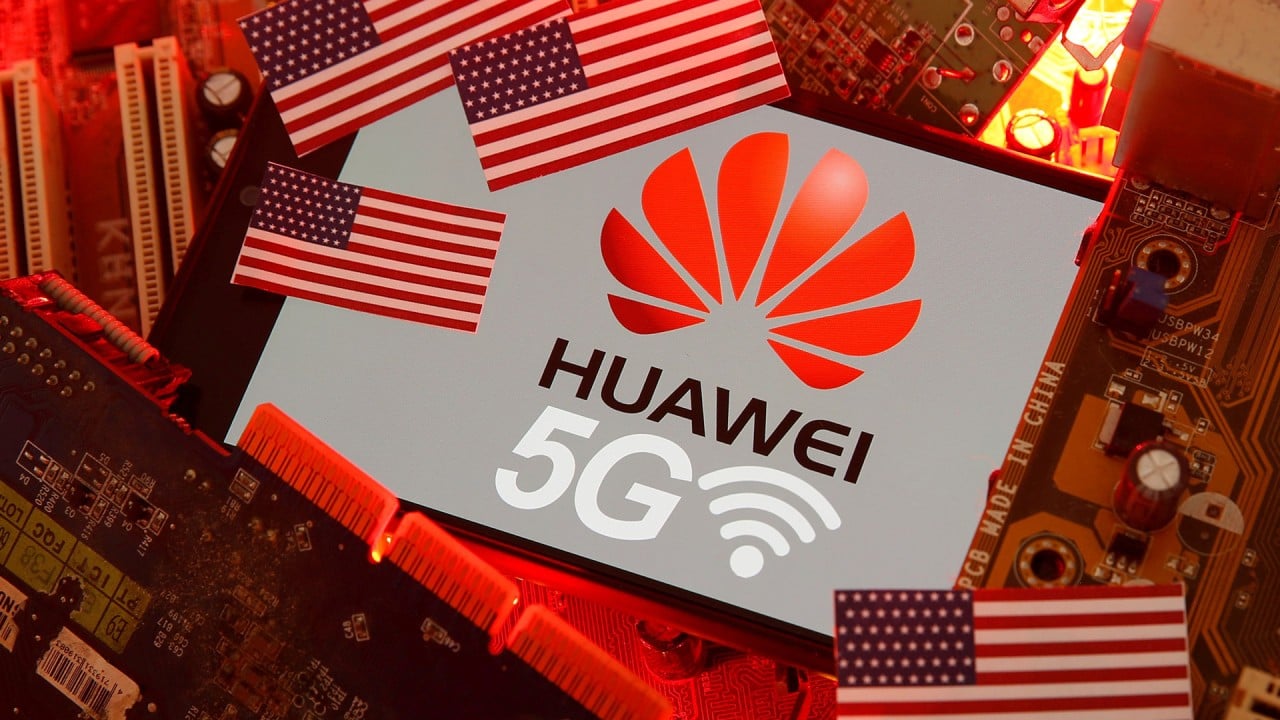
Chinese telecoms giant Huawei pushes semiconductor packaging innovation to ease disruptions caused by US chip sanctions
- Huawei has filed a patent application on the mainland for ‘a type of chip stacking package and terminal device’
- This innovation comes days after rotating chairman Guo Ping suggested that Huawei would use advanced chip packaging technology to help ease US restrictions
Huawei did not immediately reply to a request for comment on Thursday.
TSV technology enables stacked chips to interconnect through direct contact, providing high-speed signal processing and improved photo detection for image sensing, according to a 2009 Institute of Electrical and Electronics Engineers paper. TSV was introduced into high-volume chip manufacturing during the past decade.
“The main difficulty Huawei faces in terms of semiconductors is that advanced chips cannot be manufactured because of [current] equipment and foundry constraints,” said Wang Min, an expert in chip packaging technology.
Huawei CFO Meng Wanzhou says telecoms giant ‘more capable of dealing with uncertainty’
“One solution is to use larger nodes to produce chips at the expense of power consumption,” Wang said. “Another solution is to assemble different types of chips that can be bought in an SiP [System in Package] to make a complete final chip. This also sacrifices power consumption, but has advantages such as a shorter development cycle and lower final costs.”
“We need to restructure our [tech] theories and architectures,” said Guo at the press conference last week. “We can trade ‘surface for performance’ and use ‘stacking’ for [improving] performance, to use less advanced processes and technologies to ensure Huawei products remain competitive.”
Sanctions-hit Huawei loses ground in global telecoms equipment market
On Monday, Huawei announced the formation of 10 new legions, which puts its total number of specialist teams to 15. The new legions, which will focus on various digital transformation products and services, have a shorter reporting line to Huawei’s top brass, according to the company’s statement.
The new legions include teams on electric power digitalisation, one-stop public services, rail and aviation, interactive media, fitness and health, display chip, campus, wide area network and data centre bedrock.


